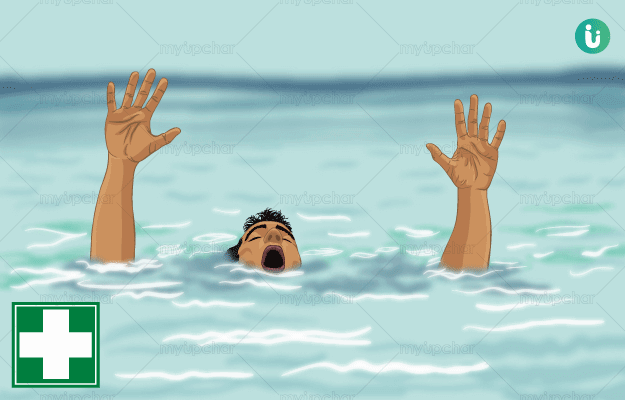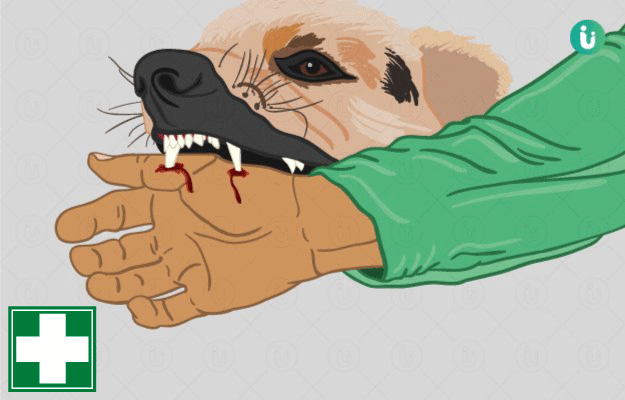The monkey population in urban areas of India is substantially high and is growing steadily. Although measures are taken by animal control authorities to curb the monkey population, they continue to be a public menace. A study conducted in New Delhi found that monkey bites and cat bites share the second place for most common animal bites, after dog bites. The most common monkeys in India are the macaque, or old world, monkeys, which are reservoirs of the simian Herpes B virus in the wild. While monkeys are known to cause damage to public property, they seldom attack humans. When aggravated, teased or provoked in any manner, the agile monkey may attack. A monkey bite can be a very distressing situation and may be associated with other injuries as well. First-aid measures should be taken to prevent complications and the patient should be taken to a healthcare facility immediately. Certain injections will also be needed at the healthcare centre to prevent infections transmitted by monkey bites.
99% Savings - Buy Just @1 Rs
X

- हिं - हिंदी
- En - English
- Treatment
-
- Skin Issues
- Acne
- Fungal Infection
-
- Hair Problems
- Hair Growth
- Hair Dandruff
- Self-Analysis
-
- Chronic Diseases
- Diabetes
- Heart Care
- Weight Loss
- Sleep Support
- Liver Care
- Stress & Anxiety
- Our Brands
- Doctor Consultation
- Medicine A-Z
-
Health A-Z
-
- Treatments
- Home Remedies
- Herbs
- Surgery
- Lab Test
- Therapy
- First Aid
- Ayurveda
- Homeopathy
-
- Yoga And Fitness
- Fitness
- Yoga
- Weight Loss
- Weight Gain
-
- Other Topics
- Baby Names
- Beauty
- Healthy Foods
- Tips
- Health News
- Pet Health
- Men Health
- Medical Cannabis
- Login / Sign Up

































